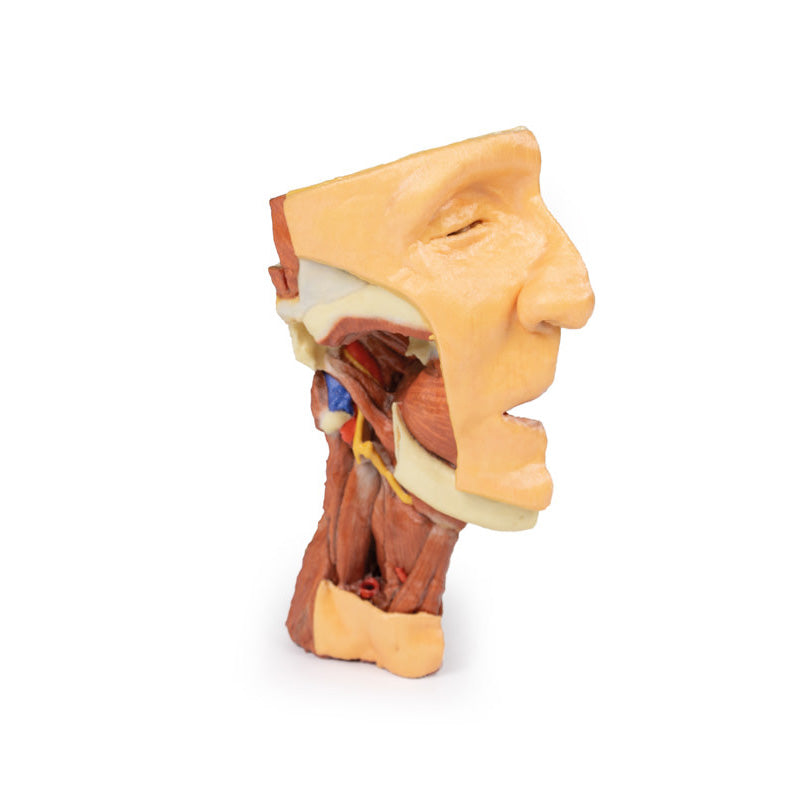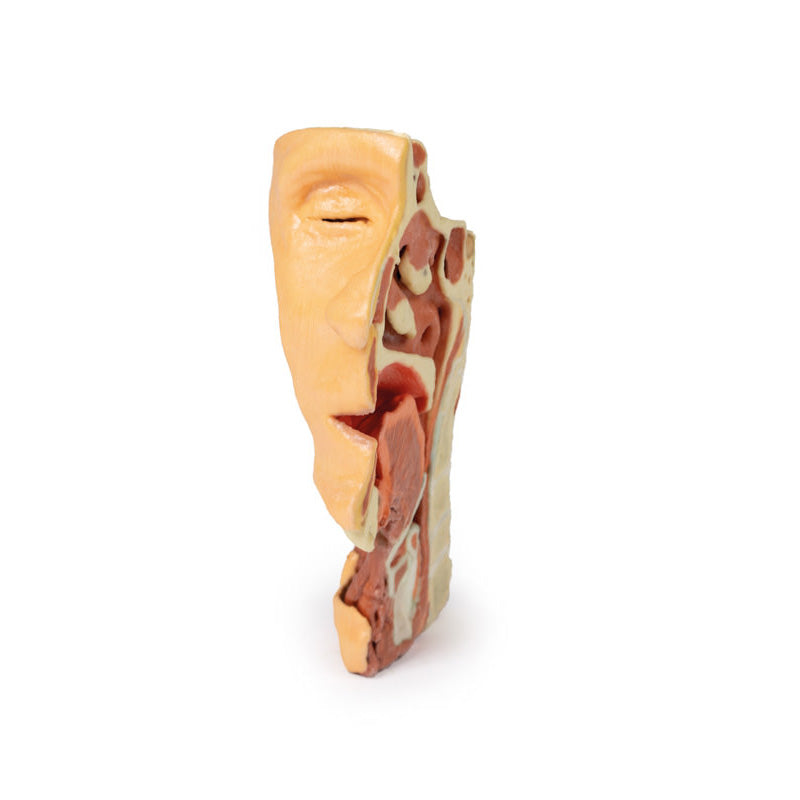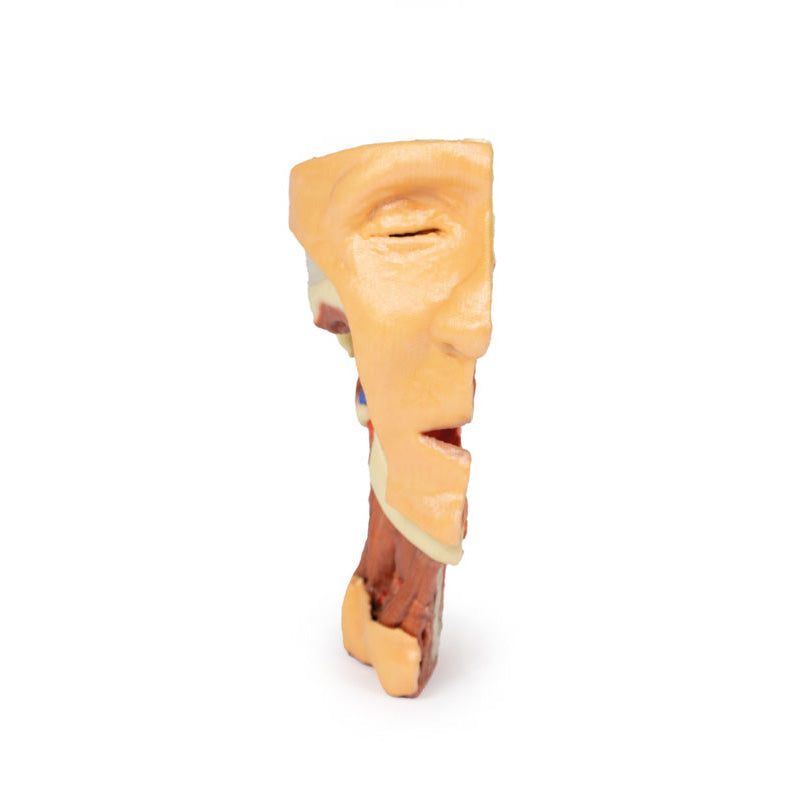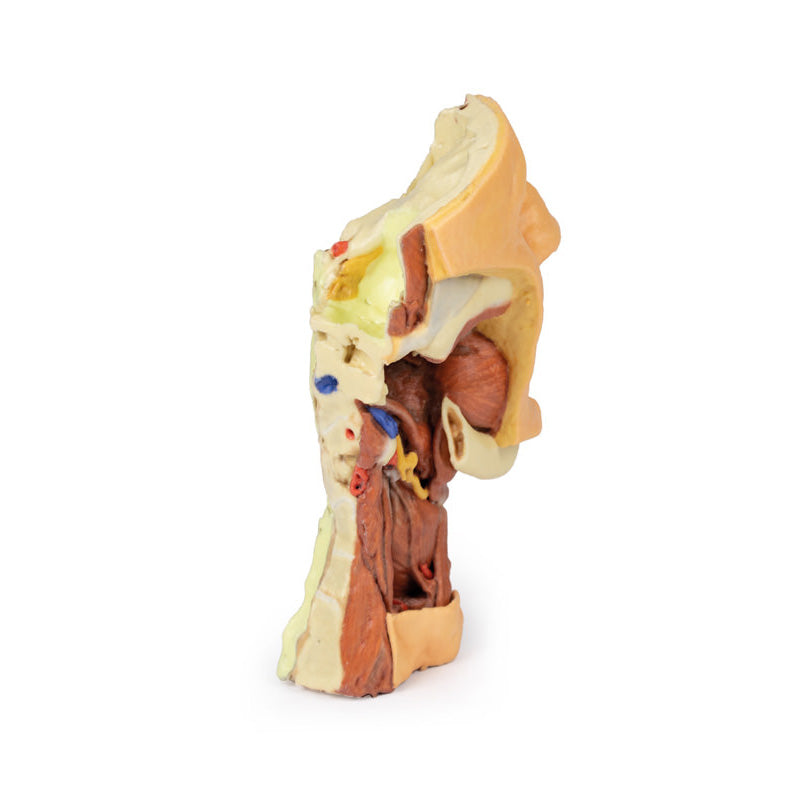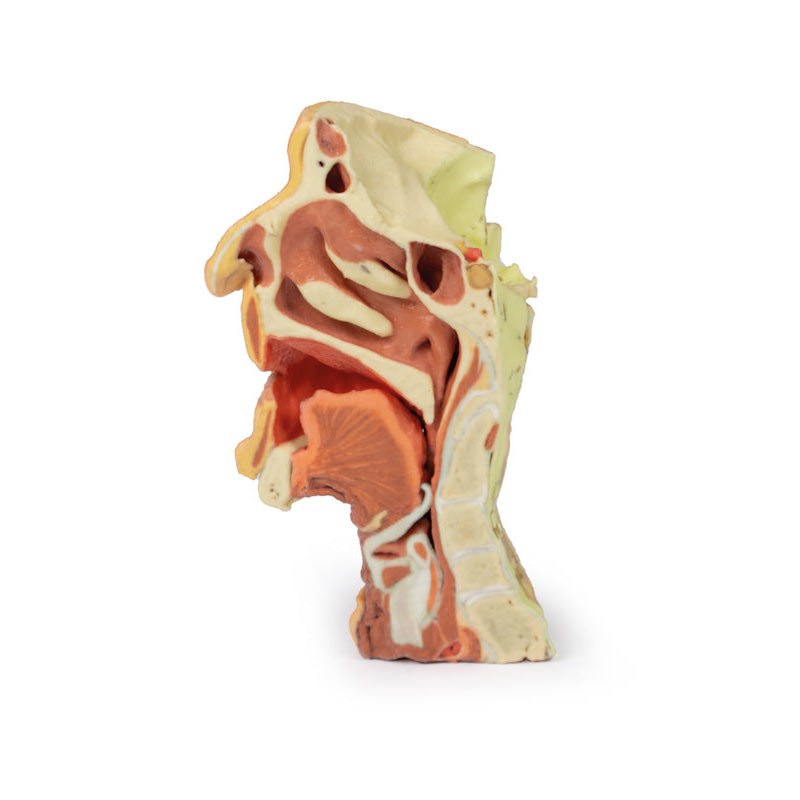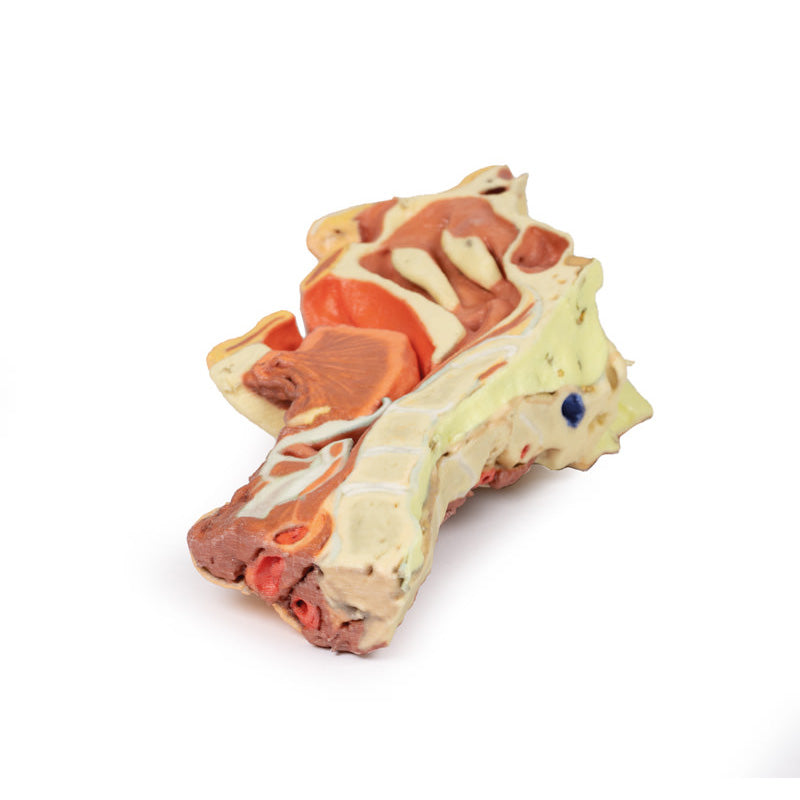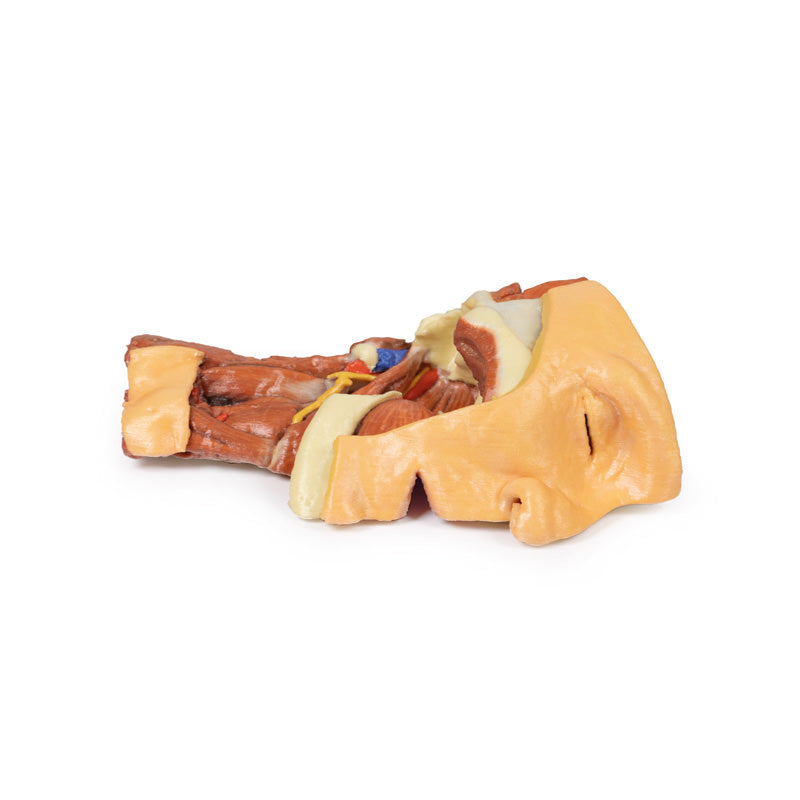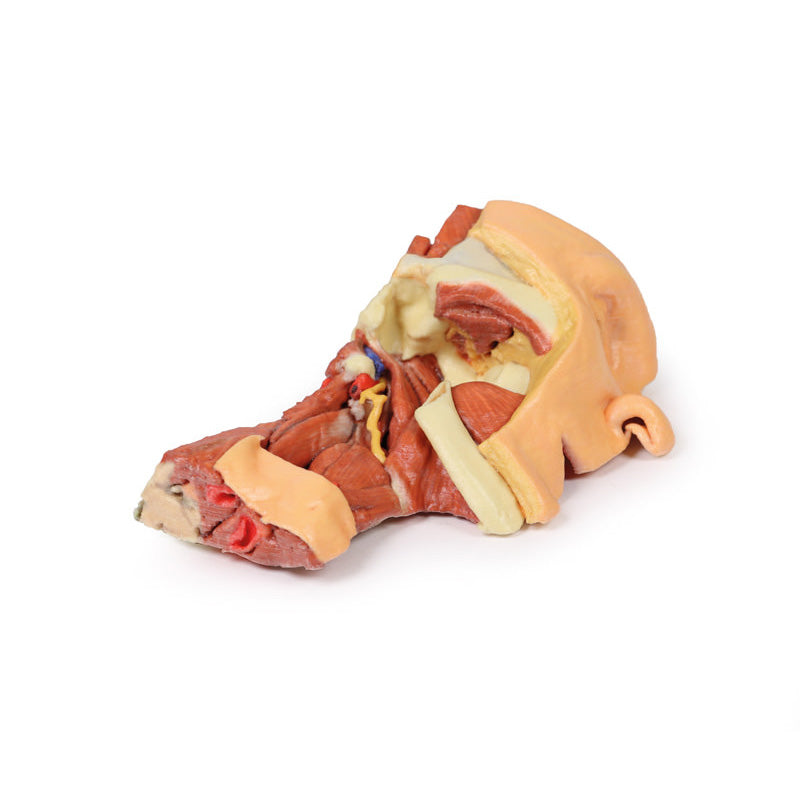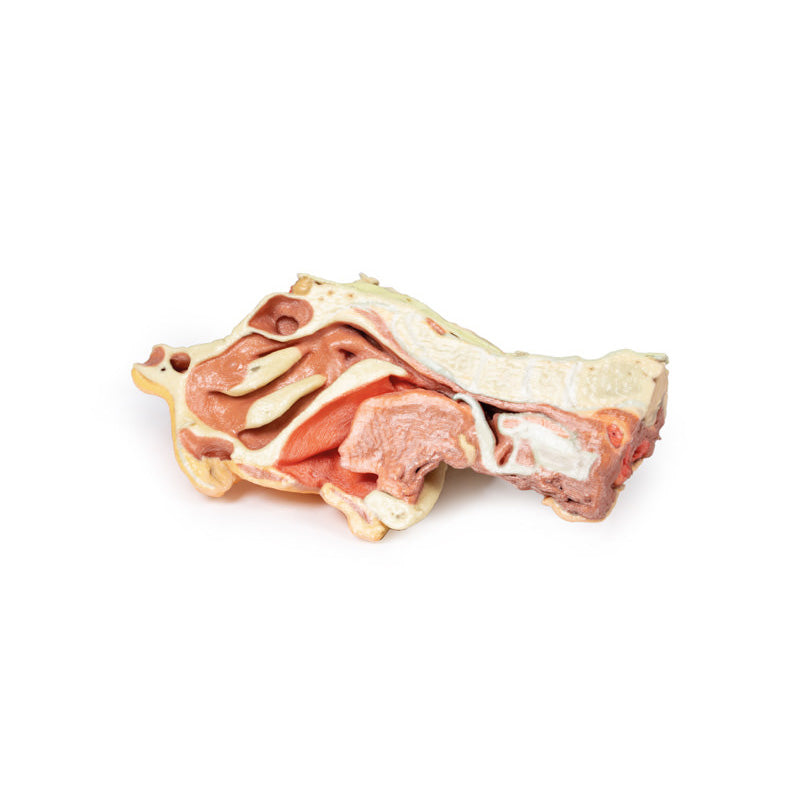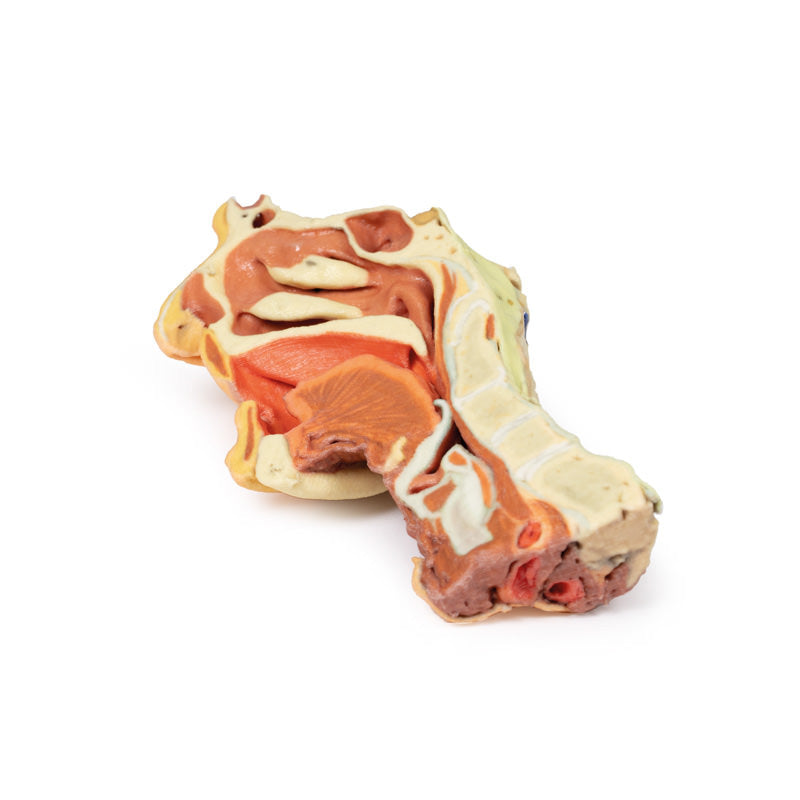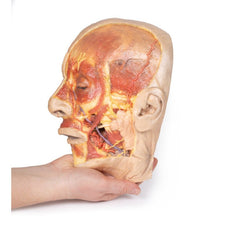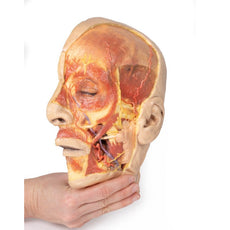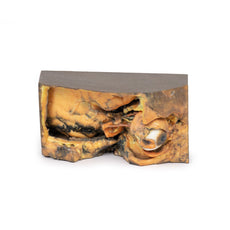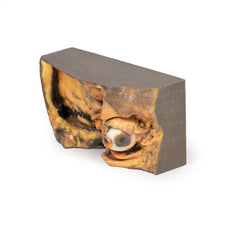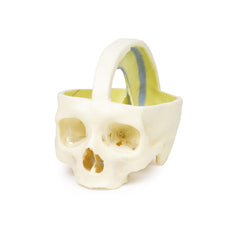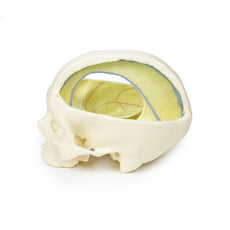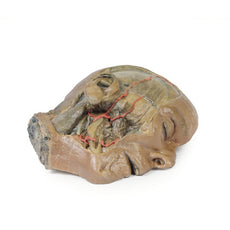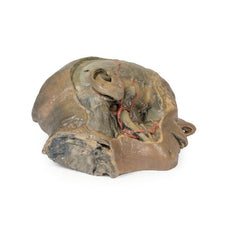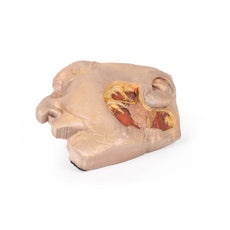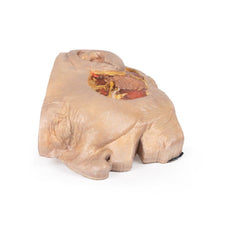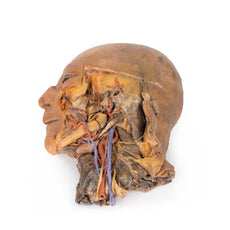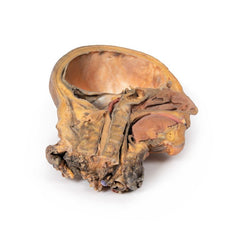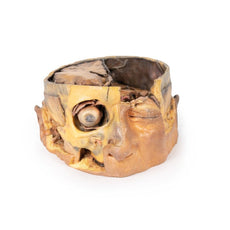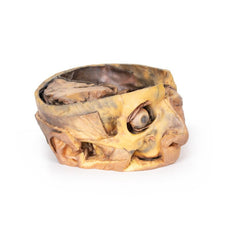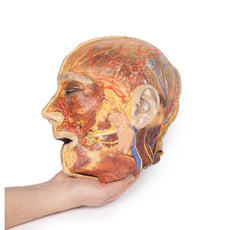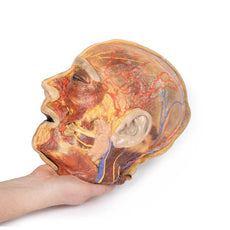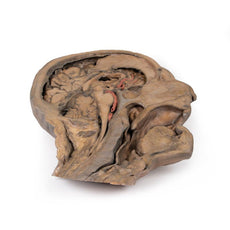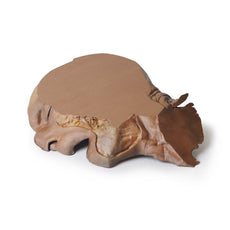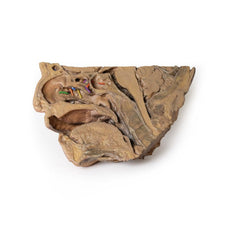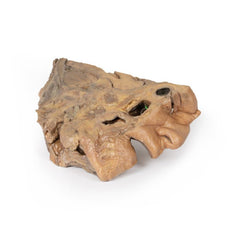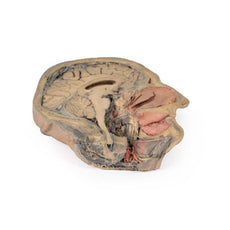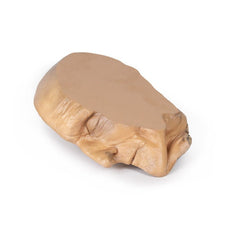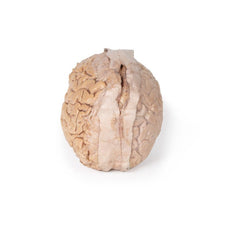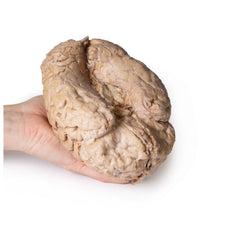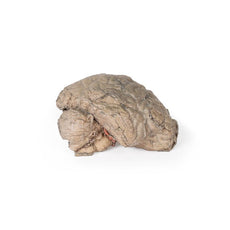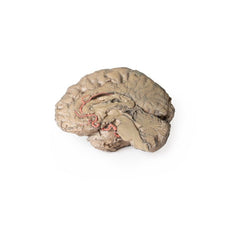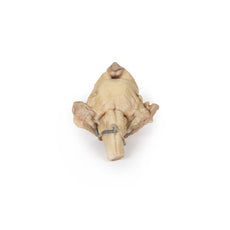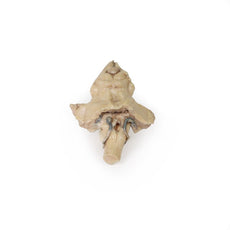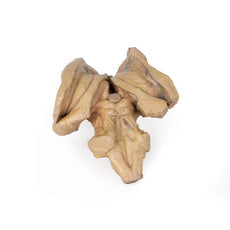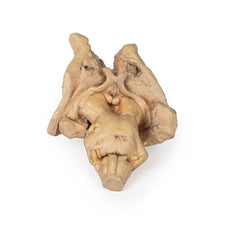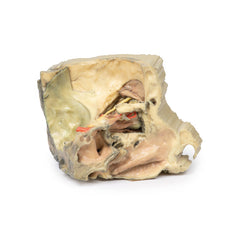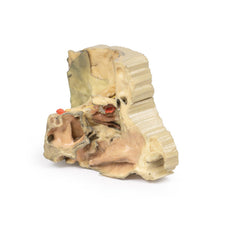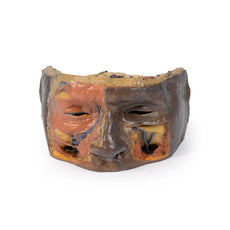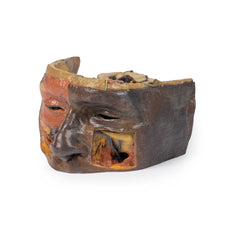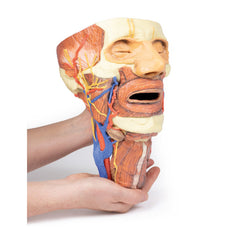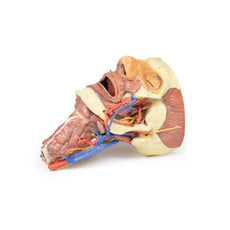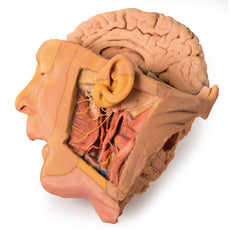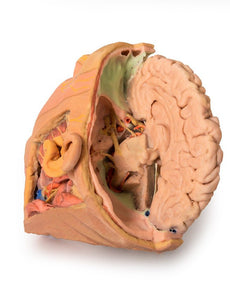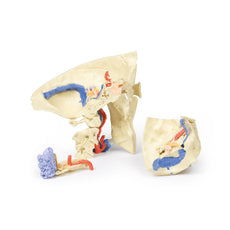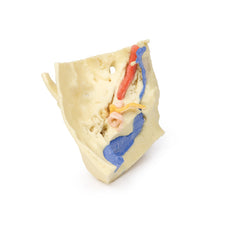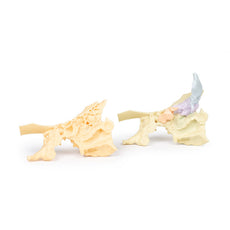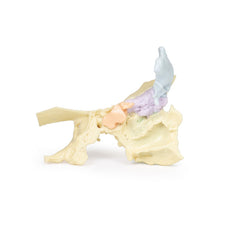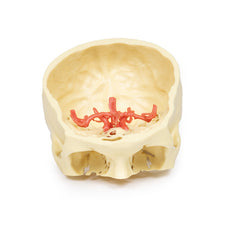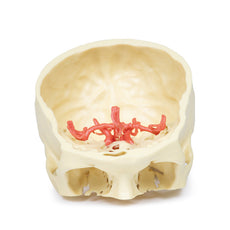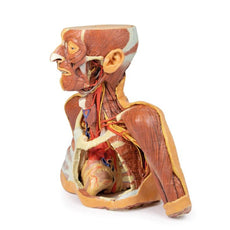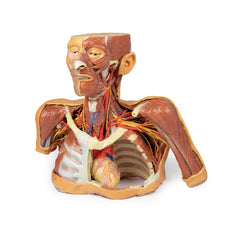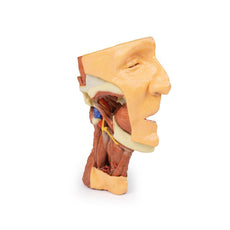Your shopping cart is empty.
3D Printed Deep face- Infratemporal fossa Model
Item # MP1665Need an estimate?
Click Add To Quote

-
by
A trusted GT partner -
FREE Shipping
U.S. Contiguous States Only -
3D Printed Model
from a real specimen -
Gov't pricing
Available upon request
3D Printed Deep face - Infratemporal fossa Model
In this 3D printed specimen of a midsagittally-sectioned right face and neck, the ramus, coronoid process and head of the mandible have been removed to expose the deep part of the infratemporal fossa. The pterygoid muscles have also been removed to expose the lateral pteygoid plate and posterior surface of the maxilla.The buccinator has been retianed and can be seen originating from the external aspect of th
3D Printed Deep face - Infratemporal fossa Model
In this 3D printed specimen of a midsagittally-sectioned right face and neck, the ramus, coronoid process and head of the mandible have been removed to expose the deep part of the infratemporal fossa. The pterygoid muscles have also been removed to expose the lateral pteygoid plate and posterior surface of the maxilla.The buccinator has been retianed and can be seen originating from the external aspect of the maxilla, the pterygomandibular raphe and the external aspect of the (edentulous) mandible.The superior constrictor can also be seen arising from the posterior aspect of the pterygomandibular raphe. The internal laryngeal nerve has been preserved. Muscles in the neck that are identifiable include mylohyoid, the strap muscles and the inferior constrictor. The styloid muscles can be seen descending from the process to their insertions (not shown). The internal carotid artery can be seen deep to the styloid process which gives origin to stylohyoid, styloglossus and stylopharyngeus.
The sectioned surface preserves a series of midline head and neck structures, including: the lateral wall of the nasal cavity (superior, middle and inferior conchae and sphenoethmoidal recess, superior meatus, middle meatus and inferior meatus), the nasopharynx, the opening of the auditory tube, the hard palate, soft palate, the intrinsic tongue muscles, oropharynx, laryngopharynx, and hyoid bone.
The parts of the laryngeal cartilages and the pharynx are clerly seen, as are the verterbral bodies of C2-C5, the anterior arch of C1(atlas), and the dens of C2 (axis).
Download Handling Guidelines for 3D Printed Models
GTSimulators by Global Technologies
Erler Zimmer Authorized Dealer
The models are very detailed and delicate. With normal production machines you cannot realize such details like shown in these models.
The printer used is a color-plastic printer. This is the most suitable printer for these models.
The plastic material is already the best and most suitable material for these prints. (The other option would be a kind of gypsum, but this is way more fragile. You even cannot get them out of the printer without breaking them).The huge advantage of the prints is that they are very realistic as the data is coming from real human specimen. Nothing is shaped or stylized.
The users have to handle these prints with utmost care. They are not made for touching or bending any thin nerves, arteries, vessels etc. The 3D printed models should sit on a table and just rotated at the table.





